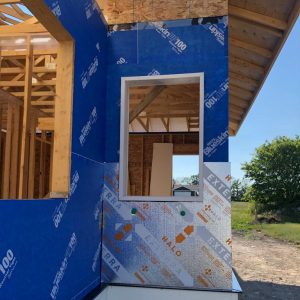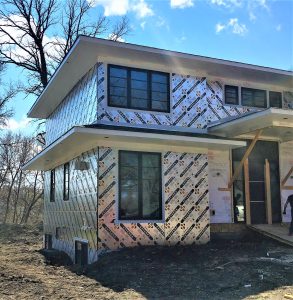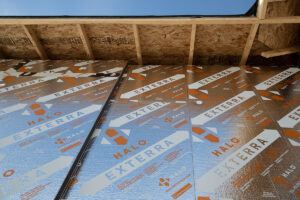
Is Graphite Polystyrene (GPS) An Open Or Closed Cell Insulation? (And Why It Matters!)
Insulation can be referred to as either open or closed cell insulation. Cell structures of closed-cell insulation are completely closed. Whereas open-cell insulation is made up of cells that aren’t completely closed – cell walls are open or shared.
Both insulation types are generally used for specific purposes. Spray foam insulation is available as an open-cell (in addition to a closed-cell) useful for sound attenuation and filling hard-to-reach areas. Rigid insulation such as XPS, EPS and GPS are closed-cell insulation products, which are denser and offer higher R-values than open cell insulation.
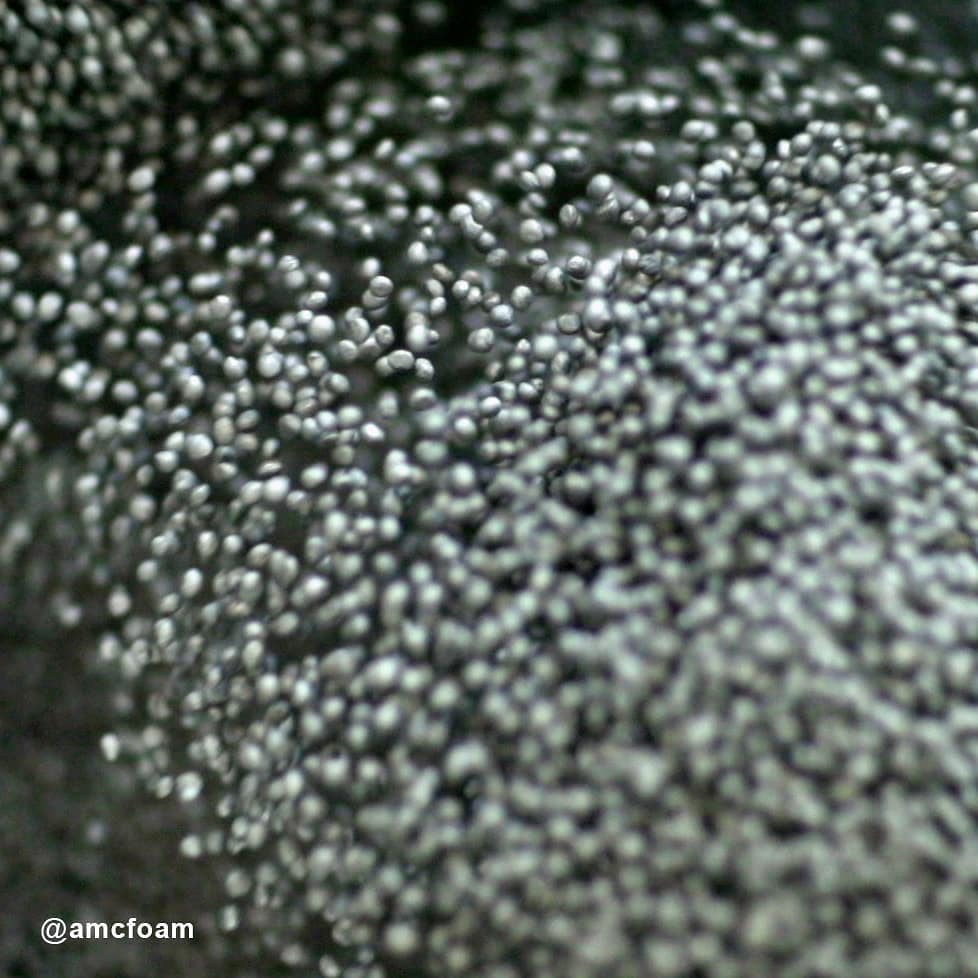
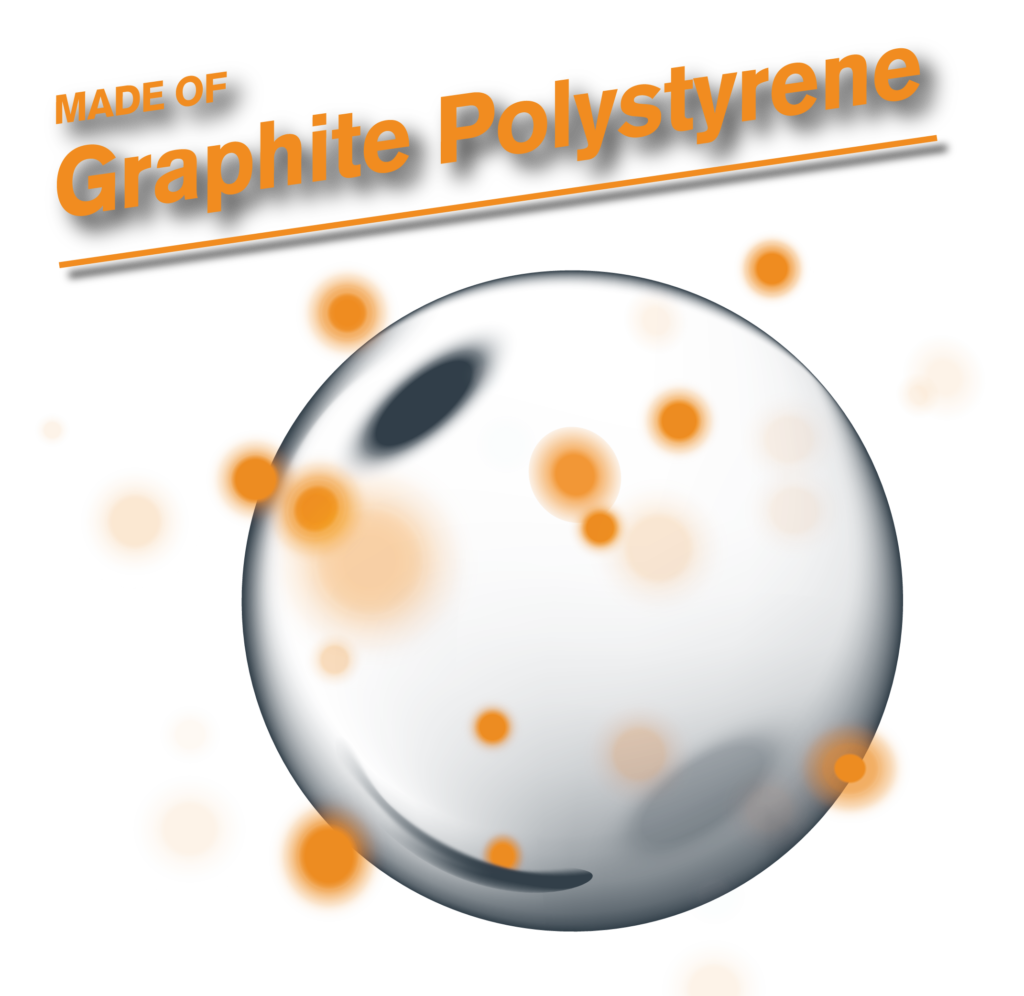
Unlike XPS insulation, EPS and GPS insulation are manufactured using a molding process. When heat or steam is applied the beads expand and fuse together taking the shape of the mold. This process creates a closed-cell structure with voids between the expanded beads – the voids do not define EPS as open-cell insulation1. The voids make these insulation products more permeable than XPS, which is beneficial when used as exterior insulation – provides better drying capacity for exterior walls. And based on independent studies EPS and GPS show it retains a much higher long-term R-value in wet conditions compared to XPS.
The Canadian and US standards for testing rigid insulation both define EPS as a closed-cell insulation – CAN/ULC S701, “Standard for Thermal Insulation, Polystyrene, Boards and Pipe Covering,” ASTM C578, “Standard Specification for Rigid, Cellular Polystyrene Thermal Insulation.”

Don't miss a thing!
Subscribe for exclusive content, insider industry news and limited edition webcasts.

